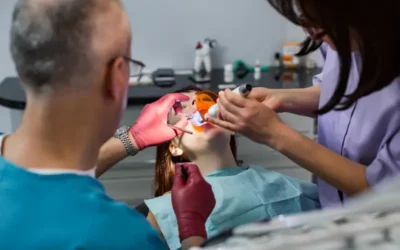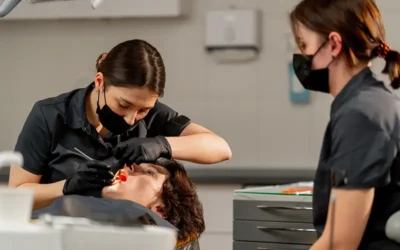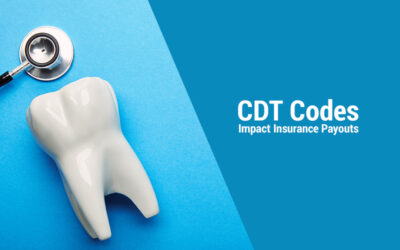If your dental practice accepts insurance, implementing a streamlined dental insurance verification process is one of the most important steps to ensure a smooth patient experience and getting paid for services rendered. In fact, insurance verification is the first step in the patient intake and dental billing process.
Insurance verification involves verifying information related to the patient’s insurance eligibility and benefits. Checking the patient’s active coverage and determining their responsibility is crucial to file accurate claims and avoid denials due to patient ineligibility. With multiple insurance plans and fee schedules, staying up to date with patient benefits can be a major hassle. There are two ways to go about it:
- Have a dedicated dental insurance verification specialist do it manually
- Use automated dental insurance software
Digitizing dental eligibility verification using software is widely touted for benefits such as availability of up-to-the-minute real time information, reduced delays, prevention of errors, and more. But how reliable is the process? Our research found that verifying insurance verification through a software program is not the best approach. Let’s first see how the automated option works:
A dental insurance verification platform integrates with the practice management system and digitizes the entire process. Typical features include:
- Accesses the daily patient schedule several days in advance of the appointment
- Automatically pre-populates patient information from the dental management system
- Allows patients to complete their insurance forms and other paperwork from any location before their appointment
- Digitally processes patient eligibility and payment and insurance information immediately with just a few clicks of a button
- Reduces time patients spend in the waiting room
- Completes all verifications for the day in a matter of seconds
- Integrates with many commercial and government insurance payers
However, experience shows that using insurance verification software can lead to inaccuracies and inefficiencies. Here are some major concerns voiced by dental offices using these platforms:
- Software verifications typically only provide about 70% of the information you need. The office staff has to find the rest on their own.
- Only limited information may be available depending on which insurance company you are checking with. Some systems provide more data than others and don’t attempt different ways to obtain more information.
- Automated platforms do not customize their forms. They offer standard forms that are only checked within their format and guidelines. If the provider needs to check extra codes, they must do this on their own.
- They only provide a PDF with the benefit information retrieved. Automated systems do not update the coverage tables in the provider’s software.
- They do not always provide accurate information on stipulations with certain procedures and waiting periods. The office staff has to rely on manual phones to find this information.
- Eligibility information is not detailed and does not provide the requisites when it comes to periodontics or prosthetics work.
With all these limitations, it’s clear that an automated insurance verification system cannot provide all the details the dental office requires to bill patients.
Manually filling out the in-office insurance verification form is the most comprehensive way to check each patient’s status of coverage, benefits, deductibles, annual benefits limitations, maximums, co-insurance, preauthorizations, and more. Dental insurance is complex and most patients do not understand its coverage and benefits. Outsourcing dental verification to an experienced dental billing company can ensure that your office has a dedicated dental expert working is on verifications and authorizations to provide a full breakdown of individual insurance benefits – which dental procedures are covered benefits, percentage coverage for each procedure, if any benefits were already used elsewhere, what is the patient’s plan maximum, and more. Details verified before services are provided to each patient include, but are not limited to:
- Annual maximum, including premiums, co-pays, and deductibles
- Out-of-pocket limit (if any)
- Limitations on pre-existing conditions
- Coverage for braces
- Routine and major dental treatment covered
- Whether the plan covers diagnostic, preventive, and emergency treatment and how much
- Who is eligible for coverage under the plan
- Primary and secondary insurance
- When coverage goes into effect
- Preauthorizations
In addition to accessing the insurance company’s website to obtain the required information, and insurance verification specialist will make calls to the company to seek clarifications, provide financial counselling assistance to patients before their restorative procedures, and also help with payroll and billing. Overall, outsourcing insurance verification and authorization streamlines the process, saves your staff’s time, ensures accurate information for claims filing, and prevents denials due to eligibility errors.
Bottom line: dental insurance verification is something humans can definitely do better than software.




